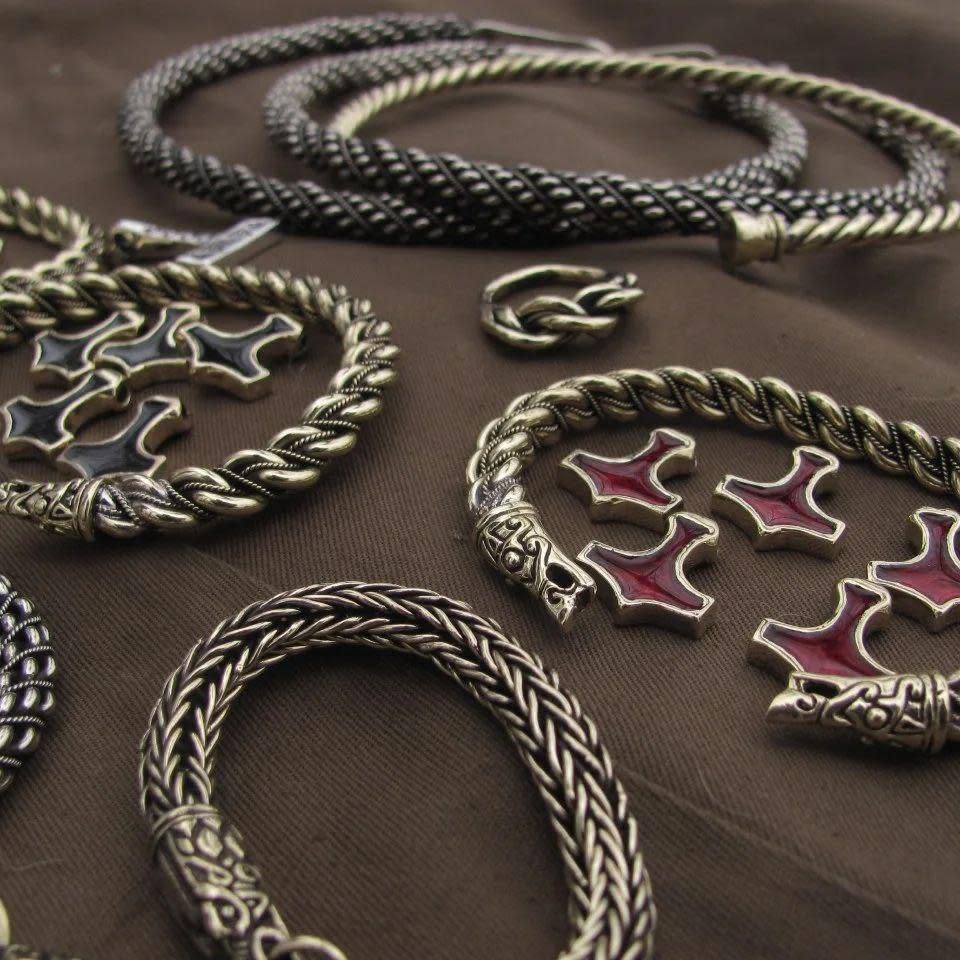Academics in Ukraine and Scotland want to help record the legacy of conflict and the testimonies of those affected by war with the launch of a crowd-sourced project.
A partnership between the Department of Archeology at the University of Kyiv-Mohyla Academy (NaUKMA) and the Scottish Center for War Studies & Conflict Archeology and the University of Glasgow, ‘The war spoke to us noisily with explosions and quietly with things’ is calling. for Ukrainian citizens to become conflict archaeologists and help crowdsource images of war byproducts.
This Ukraine-wide initiative follows on from a limited pilot study in which NaUKMA students and researchers collected images of the impact of the war on ordinary people.
The pilot showed examples of how citizens were using their personal spaces to create features such as memorial gardens and how material culture was being put to new uses – a great example of this is a woman disposing of rubbish in an open Russian canal burnt an armored vehicle, which was now being used as a skip.
It also recorded how local artists created striking works of art from shell casings and jewelery from melted down spent bullets.

Daniil Sorokin melts shell casings to wear replicas of Scandinavian jewellery (Image: Daniil Sorokin)
Dr Oleh Bilynskyi Associate Professor, Head of the Department of Archeology at NaUKMA, who is co-leader of the project in Ukraine, said: “Throughout human history, many societies have faced massive wars, and everyone got they experience it in their own way, adapting to new conditions and discovering previously unknown emotions – courage, love, hate, and many others. This war has been going on for the past 10 years and is threatening not only the integrity of Ukraine’s territory but also its culture and identity.
“In cases like this, the concept of identity presents itself to us from a new angle that we did not know before. All of this is reflected, including in things and spaces that surround people. They change their functions and integrate from one sphere of life to another.
Read more: Drone attacks from Ukraine on the last day of the Russian election
“Shards from artillery shells become ashtrays, flowerbeds cover trenches, satellite internet terminals become elements of military vehicles, and explosives are attached to wedding drones. Archeology has developed a rich toolkit for researching things and spaces where people live, and in such a situation. , the use of his methods allows us to increase our understanding of how humanity issues war.
“This shows the specific aspects of Ukrainian identity, how our society deals with such challenges. Recording these aspects allows us not only to study but also to preserve Ukrainian identity and culture.”
Diana Nahirna, a Psychologist who works with people affected by war, who is co-leader of the project in Ukraine, said: “It is a great challenge to record the material culture of the ongoing war and to look at the human experience behind it. of his disclosure. methodology, security, and interpretation.
“It can also have an emotional toll, since we are working with struggle, loss, trauma, dangers, and uncertainties. My role is to support the participants, academics and students who processing the often painful stories behind those war objectives, fostering resilience and helping to make sense of the new reality.
“You begin the growth beyond adversity by telling your story. Our hope is to understand and amplify their voices, preserve the memory of the war, help find meaning and heal.”
Tony Pollard, Professor of Conflict History and Archaeology, who co-leads the project in Glasgow, said: “It is a privilege to help develop our colleagues in Ukraine and share our long experience in the field of conflict archaeology.
“I am currently researching the impact of war and its outcome on the use of material culture over both time and space and this initiative represents a unique approach to this type of study, where data is collected and observations are made and conflict is ongoing.
“Hopefully this kind of information will help us understand the impact of war on a population, and when the war is over even participate in the recovery and repair of both people and things (I just returned from Vietnam where I was looking at how that country that was at war before used the legacies of war in these processes).
“My only regret about the project, apart from the suffering and horror the war caused in the first place, is that we cannot be in Ukraine offering direct support and helping the data collection, but this is their project and we are here to help in any way we can.”
Dr Iain Banks, Senior Lecturer in History and Archaeology, who is co-leading the project at the University of Glasgow, said: “It’s not often that we get the chance to study conflict as it happens, and this is an opportunity for us. to examine the impact of the war on the population as a whole, and to understand the material culture resulting from the conflict.
“More importantly, it means that the project will be in the voice of Ukrainians themselves, rather than just an external perspective from outside academics.
“This project connects to the research I am doing with colleagues in Finland on the impact of the Second World War on the population; it’s a great opportunity to bring together experiences from 80 years ago and current experiences, albeit a tragedy 80 years later, doing the same things again.”